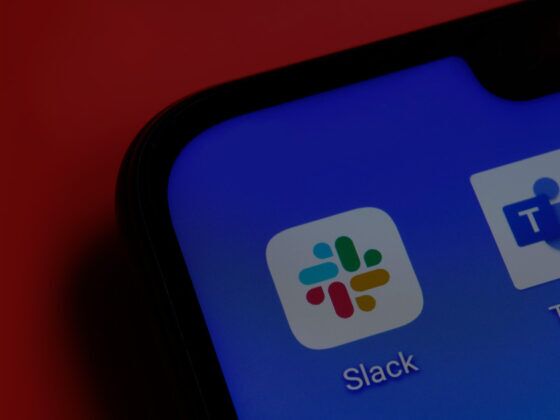As we detailed last week, corporate law giant Quinn Emanuel has taken a very public beating for failing to protect confidential information from leaking to a corporate client.
At first glance, it might be hard to criticize the firm for the leak. After all, how can you expect to keep track of millions of pages of documents in a complex case involving two of the largest and far-flung companies in the world?
However, on closer inspection, it seems that the leaks were not inevitable and could have been prevented. The problem comes in two parts.
First, it’s not clear what systems the firms were using, but it’s clear they relied on outdated, decentralized modes of communication. Second, there were no advanced tools in place to track or identify confidential documents.
Controlling Confidential Material in Modern eDiscovery Review
In modern litigation, there is no reason why confidential materials should be taken out of a litigation database and disseminated to third parties. For example, in this case, why was confidential material uploaded to a separate FTP database? Why were confidential memos emailed to employees who had no active role in litigation?
Thanks to the cloud and modern networking technology, litigation databases ought to be completely centralized and controlled in one shared repository.
In addition, there is no reason why law firms shouldn’t have an advanced system that can track and find confidential information. Protecting privileged information is vital to your task as a lawyer. (And yes, our review platform does have advanced technology to find all kinds of confidential information in eDiscovery.)
Protecting Attorney-Client Privilege Point 1
To underscore our first point, let’s take a look at Judge Grewal’s Protective Order Regarding the Disclosure and Use of Discovery Materials, issued to lock down the discovery process and prevent any more leaks. His order included the following provisions for handling data:
Secure Storage: Protected Material must be stored and maintained at a location and in a secure manner that ensures that access is limited to the persons authorized under this Order.
Advanced Review Tools: Grewal asked for “tools that are sufficient for viewing and searching the code produced, on the platform produced.”
Controlled Access: The Confidential Source Code Computer shall be made available from 9:00 a.m. to 7:00 p.m. local time, Monday through Friday (excluding holidays), and other days and/or times, including weekends, upon reasonable request at least until the close of expert discovery in this action.
Okay, it’s a little silly that work product is restricted to a local computer and only during certain times of the day. But given the egregious leak of confidential information, extreme measures were necessary. However, if the parties had controlled access in the first place in a more sensible manner, this kind of absurdity would not be necessary.
Protecting Attorney-Client Privilege Point 2
In countless real-life examples from caselaw, most waivers happen when lawyers fail to check that privileged information is not being included in their production to opposing counsel. Lawyers today spend a lot of time fine-tuning advanced search technology to find smoking gun emails.
But why aren’t they using that technology to find documents they know about? Once review attorneys identify confidential documents, use search tools to find similar documents. That way privileged drafts, attachments, or other documents that might easily be missed can be found through mechanical means, eliminating the kind of human error that doomed Quinn Emanuel’s efforts.
In the protective order, Judge Grewal ordered Quinn Emanuel to deploy technology that could:
Identify Protected Material: including “CONFIDENTIAL,” “HIGHLY CONFIDENTIAL—ATTORNEYS’ EYES ONLY” or “HIGHLY CONFIDENTIAL— OUTSIDE ATTORNEYS’ EYES ONLY—SOURCE CODE” may be so designated subsequent to production when the Producing Party failed to make such designation at the time of production through inadvertence or error.
We introduced our Privilege Protect technology in 2012 to make this type of review simple. Using advanced computer algorithms, Privilege Protect will check your production database to find documents that are similar to documents that have been marked as privileged and removed from the collection.






